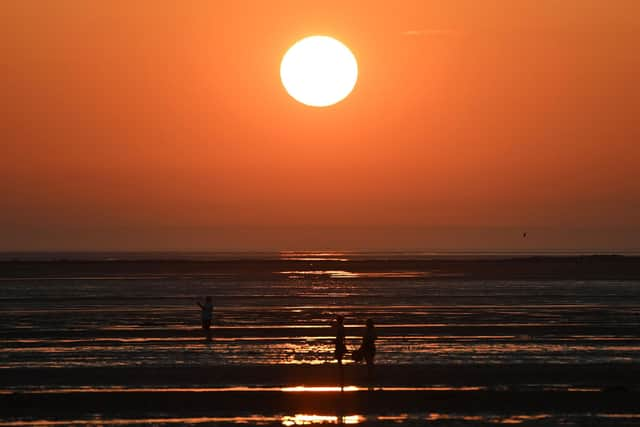Summer Solstice 2022: When is the longest day of the year and how much daylight will Sunderland see?
and live on Freeview channel 276
The solstice is celebrated across the world as two individual events at opposite ends of the year in summer and winter, but why are they celebrated and what do they symbolise, and what impact will it have on Sunderland?
What is the summer solstice?
Also known as midsummer, the summer solstice is the name given to the day when the earth reaches its maximum tilt towards the sun, meaning either of the earth’s poles is the furthest away from the star during a yearly cycle.


Advertisement
Hide AdAdvertisement
Hide AdThis results in the day with the most amount of daylight in the northern hemisphere. With the exception of leap years, the longest day of the year occurs on the same date each year – June 21. The next year this date will be different is in 2024, when it will fall on June 20.
How much daylight will Sunderland see?
In total, Sunderland will see an estimated 17 hours and 21 minutes of daylight on June 21 with an additional one hour 56 minutes of civil twilight; to be the period before sunrise and after sunset when some sunlight remains.
Civil daylight is due to begin at 3:28am,with any sunlight set to be lost again by 10:45pm. True daylight is expected between 4:26am and 9:47pm.
Sunrise and sunset times change depending on where in the country you are based, with more southern areas getting less daylight and shorter days than their northern counterparts.
Advertisement
Hide AdAdvertisement
Hide AdMet Office forecasters say Tuesday’s sunrise in Sunderland will be at 4.27am, with sunset at 9.48pm.
Why do people celebrate the summer solstice?
We may enjoy the longer day, but the solstice has been a major part of cultural calendars for some time. Midsummer celebrations became more prominent in the 13th century.
In the UK, Stonehenge is a prominent symbol of the solstice, with pagans and druids seeing the site as special throughout history.
This is due to the alignment of the stones with where the sun rises on the day.
